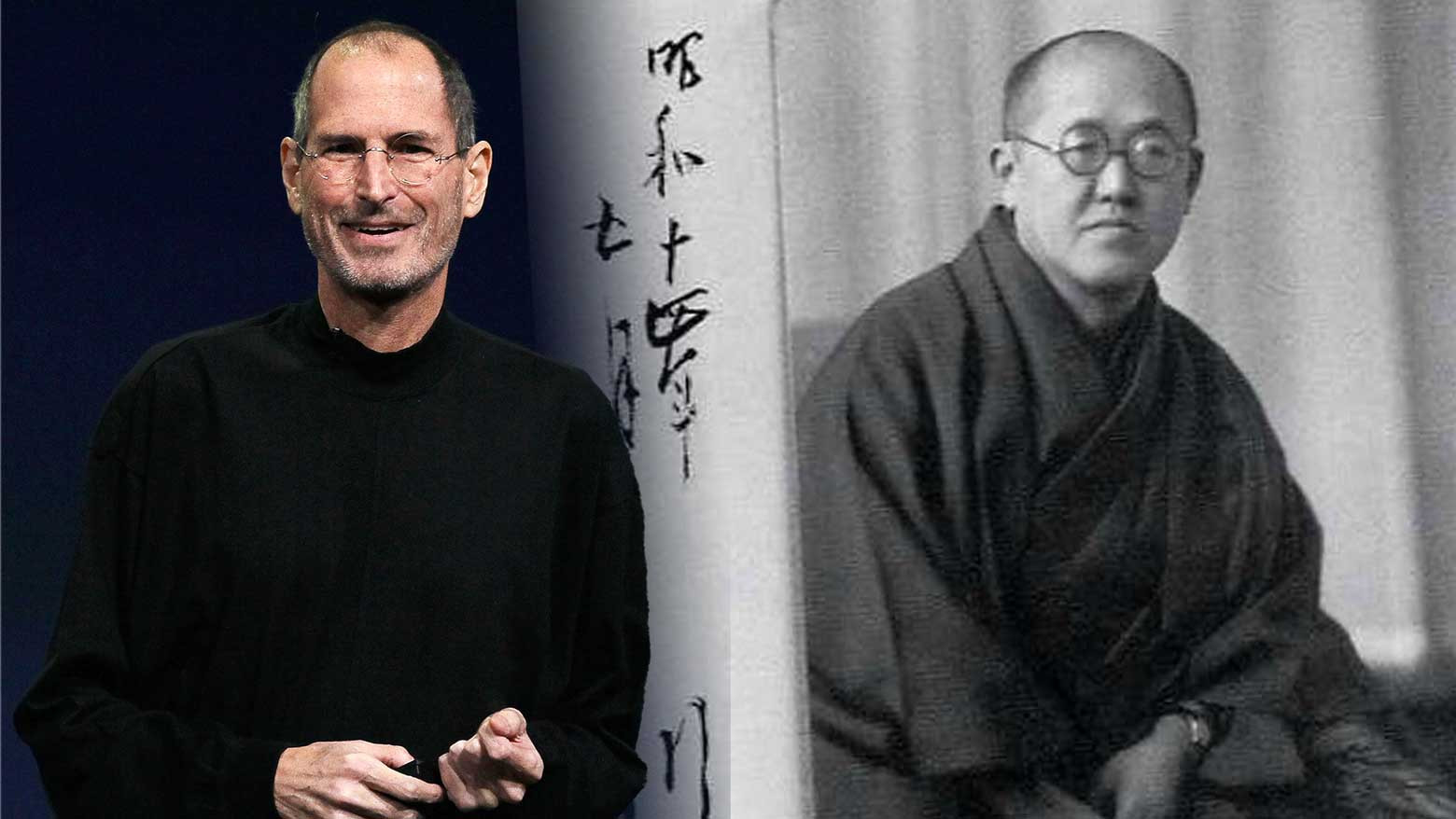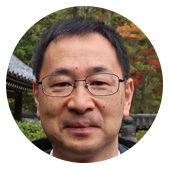Jobs was just a teenager when he first encountered Kawase's work. He often visited the family home of close friend Bill Fernandez, who would become Apple's first full-time employee, where a number of shin-hanga prints hung from the walls. He was particularly fond of the three Kawase prints in the living room.
"He liked Hasui above all others," says Bambi Fernandez, Bill's mother. "He was standing in front of them and looked at them almost every time he came over. It was so obvious that he was drawn to them."
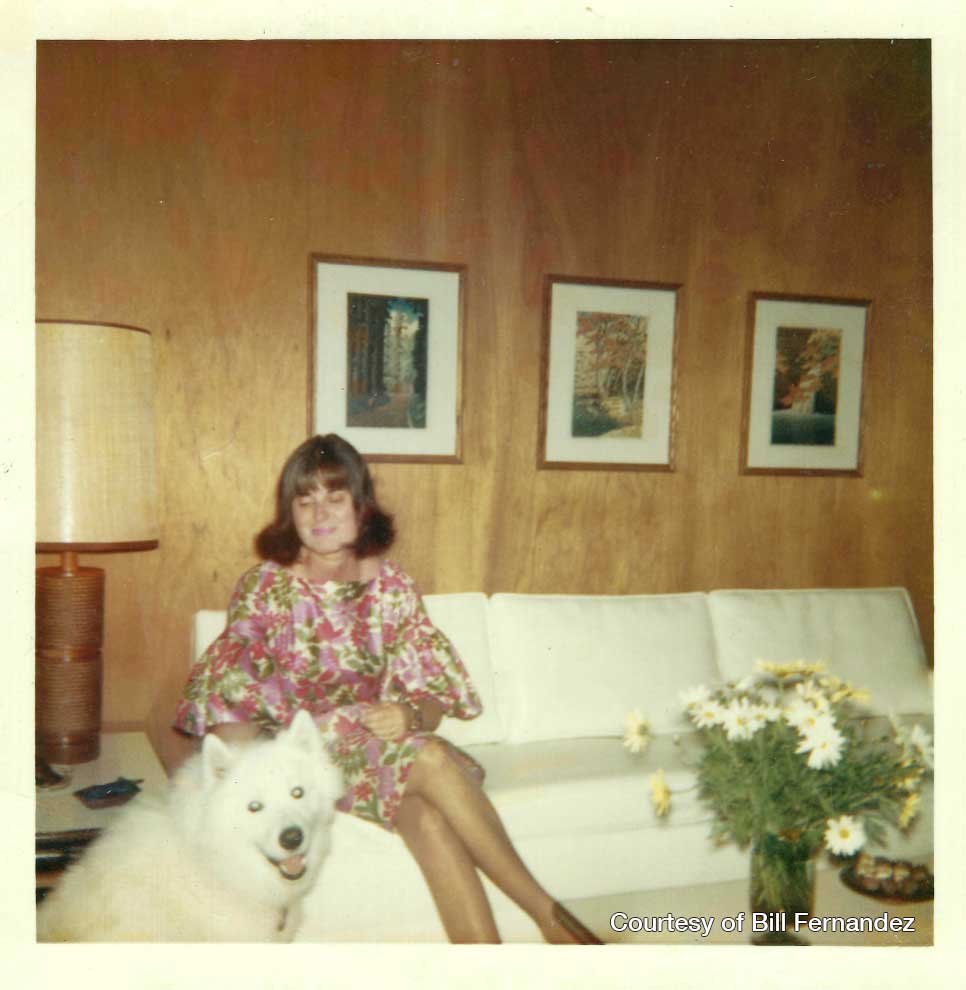
His favorite, she says, was "Senju waterfall, Akame", which depicts a tree hanging in front of a waterfall. Kawase adopted a minimalist style for the print, shedding intricate detail in favor of a modest dynamism. Bill Fernandez believes this reserved aesthetic was a source of great inspiration for Jobs.
"You can see his love of simplicity and elegance throughout his life, like in the products that he developed at Apple," says Fernandez.
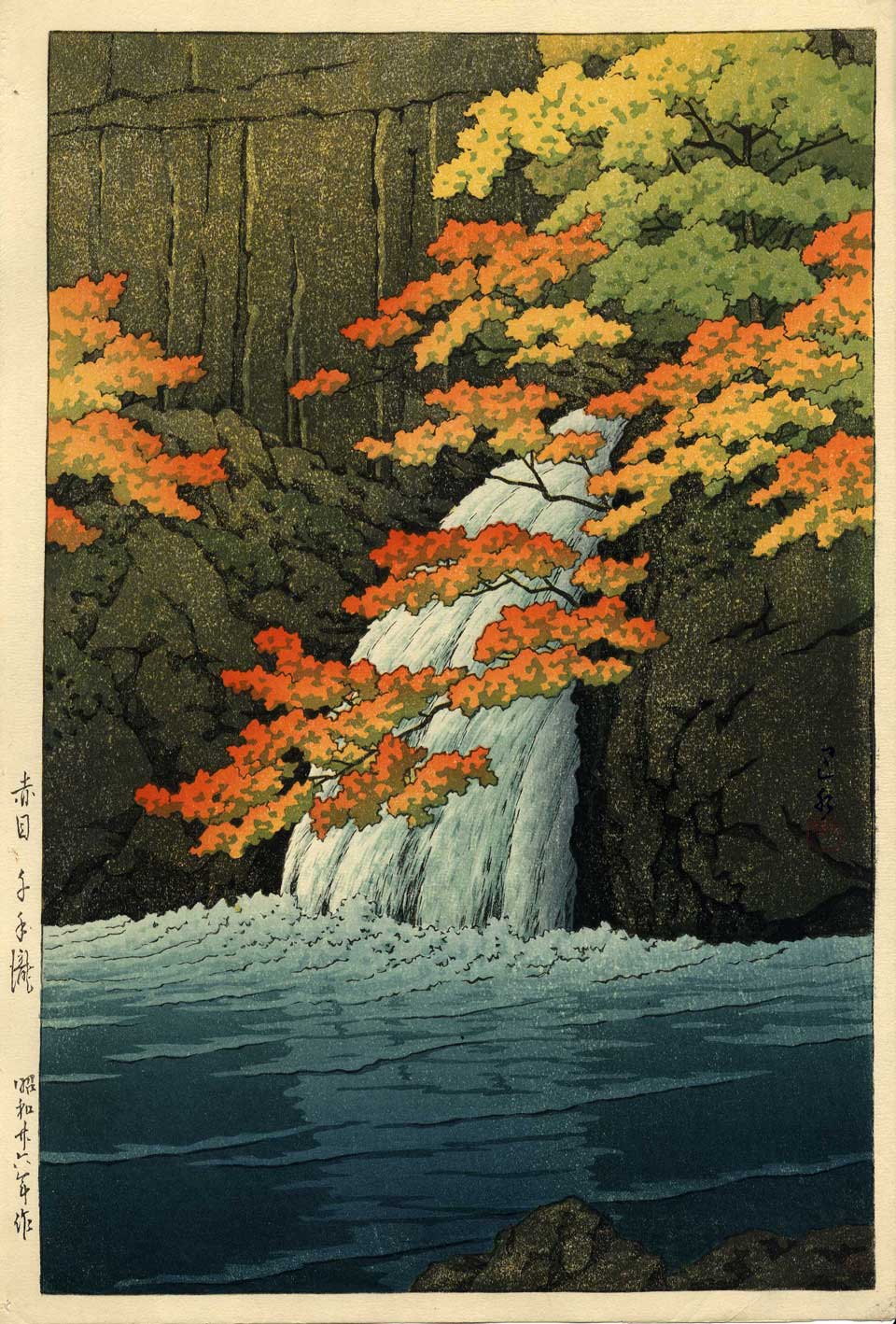
Shin-hanga
The shin-hanga movement started in the early 20th century as a domestic effort to revive the ukiyo-e tradition of woodblock prints and painting. But it was overseas that these pieces, which mostly depict Japanese landscapes and scenes of people’s lives, experienced huge popularity. Kawase is considered one of the three greats of the genre, along with Katsushika Hokusai and Utagawa Hiroshige.
Watanabe Shoichiro, a major shin-hanga publisher, says what sets the style apart is the subtlety of color and detail. This requires exquisite technical ability and, as a result, the pieces take much longer to produce. Shin-hanga paintings can take five times as long to complete as ukiyo-e ones. Watanabe believes this is what attracted Jobs to the style.
"I think shin-hanga speaks to people like Steve Jobs, people who try to innovate with cutting-edge technology," Watanabe says. "They see the blood, sweat, and tears behind each painting. I guess Steve appreciated shin-hanga."
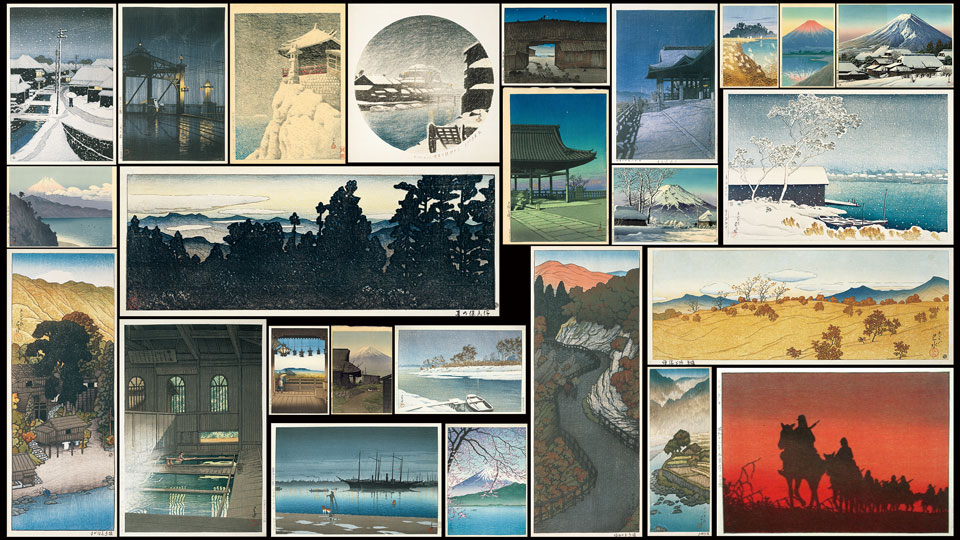
"There are certain aspects of shin-hanga that are popular with foreigners, like snowy scenes, torii gates, shrines, and women with umbrellas," says Nishiyama Junko, a curator at Chiba City Museum of Art. "But Steve Jobs collected no such pieces. He liked Hasui. And Hasui liked quiet things the most. It seems these two men shared exactly the same aesthetic tastes."
Steve Jobs' aesthetic sense
Matsuoka Haruo, an art dealer at Gallery Kabutoya in Tokyo's posh Ginza district, helped Jobs buy shin-hanga prints. Jobs first visited the gallery in March 1983, when he was still in his late 20s, dressed in a t-shirt and jeans. He asked Matsuoka to teach him about shin-hanga as he was keen to start collecting.
Matsuoka says Jobs carefully examined every piece but was quick when deciding which to buy.
"Jobs seemed fond of simple, sophisticated works," he says. "He knew precisely what he wanted. Customers usually make choices after consulting with staff, but Jobs was the opposite."
Despite this quick-fire method of buying, Jobs would usually only buy prints that were stocked in the gallery's backroom. The staff would bring out what was available and he picked what he liked out of the selection. But Matsuoka remembers a day when he showed up at the gallery and asked for one piece in particular: Kasawe's "Red sunset."
Completed in 1937, just before the start of World War Two, "Red sunset" depicts silhouettes of soldiers on horseback, strikingly distinct against a red sky. It marks a sharp break from Kawase's usual style. Matsuoka says Jobs didn't explain why he wanted the piece. The gallery didn't have it and had to find it for him.
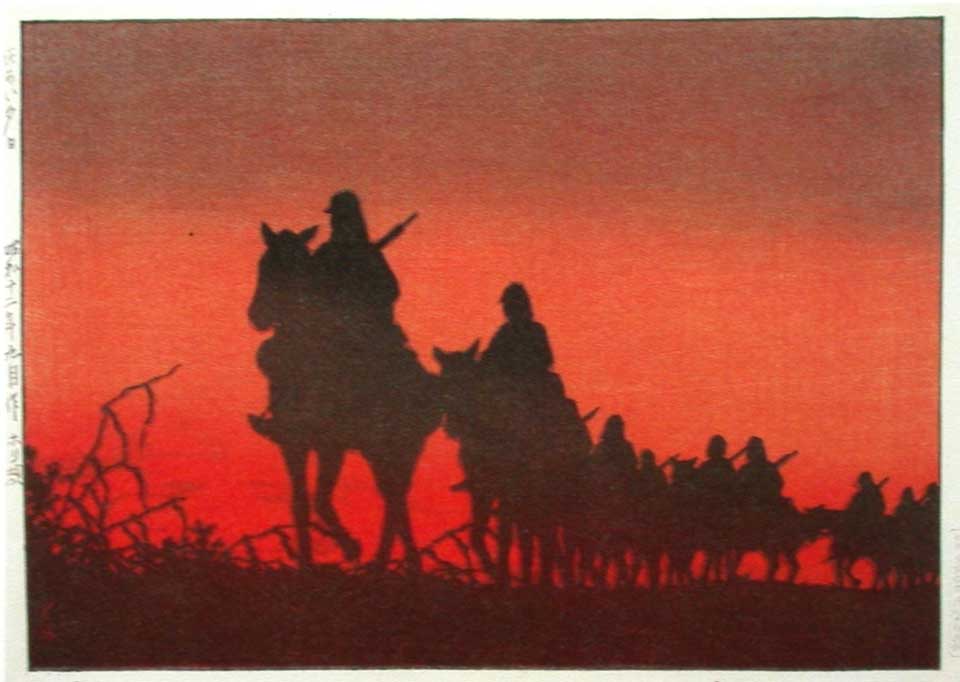
Final favorite
The last time Matsuoka heard from Jobs was in the fall of 2003. By this point, Matsuoka had left the Ginza gallery and set off on his own. One day, he received a message on the answerphone at his gallery.
"Hi, Haru, this is Steve Jobs."
Over two decades, Jobs bought at least 43 shin-hanga pieces through Matsuoka; 25 of them were works by Kawase.
Jobs died in 2011 at the age of 56. His daughter, Lisa Brennan-Jobs, recounts her father's final days in her memoir, "Small Fry." She describes the room in which her father lay in bed:
"There were framed prints by Hasui of twilight and sunset at temples. A patch of pink light stretched out on a wall beside him."







































